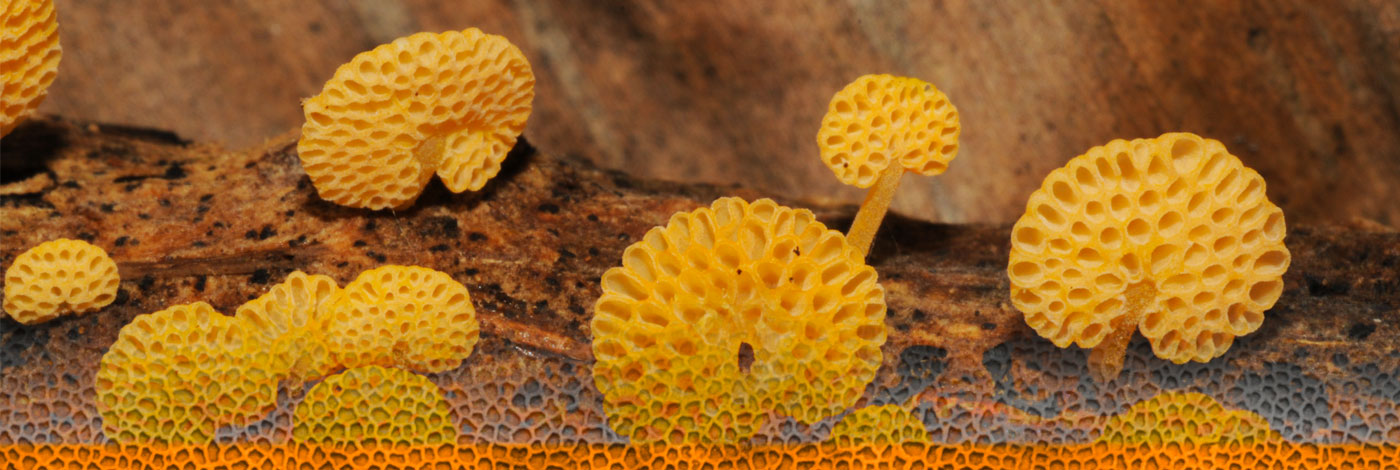

 Cryptogamie, Mycologie
32 (1) - Pages 3-12
Cryptogamie, Mycologie
32 (1) - Pages 3-12Actinomyxa, Asteritea, Cirsosina, Polystomellina and Stegothyrium are genera presently included in Microthyriaceae. We have examined the generic types and consider that their characters differ from those of Microthyriaceae. In Actinomyxa ascoma dissolve as a slimy mass in water and ostioles are star-like, thus the genus would be better placed in Stictidaceae. Asteritea has flattened ascomata with a star-like opening and superficial mycelium with hyphopodia and is better placed in Asterinaceae. Cirsosina has superficial hyphae without hyphopodia and elongate ascomata opening by a longitudinal split and is better placed in Aulographaceae. In Polystomellina ascomata also open by a longitudinal slit and have superficial hyphae and is better placed in Asterinaceae. Stegothyrium is a very unusual genus as it has thick-walled asci that appear to be bitunicate, but there is a J+ apical ring which is indicative of unitunicate asci. We suggest that Stegothyrium is excluded from Microthyriaceae and placed in ascomycetes incertae sedis until fresh collections can be made and molecular sequence data obtained and only then can we solve the problem of a suitable placement for this genus.